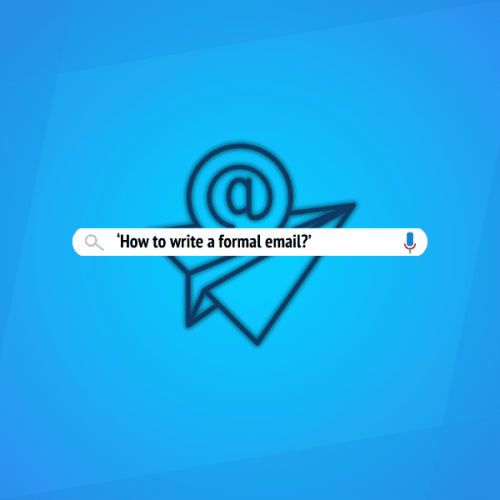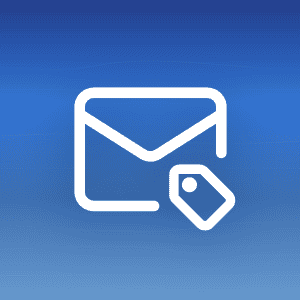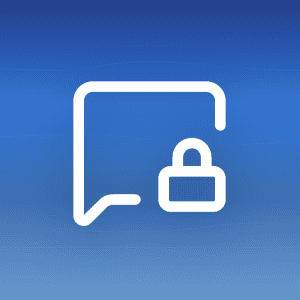When writing an email to your boss or someone you haven’t met, like a potential client, make sure it comes across as friendly and professional.
In this article, we’ll walk you through the steps of writing a proper formal email. We’ll even throw in a useful template and some real-world examples to help you out in different situations. Let’s dive in!
What is a formal email?
So, how do we nail the perfect formal email format? What’s the right way to kick it off and wrap it up?
Well, a top-notch formal email should include these key elements:
- It’s addressed to someone you might not know well, like your boss or a potential client.
- It tackles an essential topic, often related to work.
- It sticks to professional language, from greetings to sign-offs.
- It’s clearly organized and easy to read.
Differences between formal and informal emails
Clearly, not every email we send is formal. The tone and structure depend on who you’re communicating with and the topic at hand.
For instance, if you’re just dropping a note to a coworker about a shared project, your tone can be more casual. But when you’re reaching out to a potential client or submitting your resignation to your boss, a formal approach is the way to go.
Here’s a handy table that breaks down the differences between casual and formal emails to help you navigate when to use which format:
| Differences | Formal Email | Informal Email |
| Audience | Someone you want to show respect to, persons in a position of authority, people you don’t know well… | Friends, colleagues, family, acquaintances… |
| Content | Informative, professional, work-related | Personal, casual, entertainment-oriented |
| Formatting | Less room for personal preferences (formal language, short and concise text) | More room for personal preference (longer body text, using more casual language, etc.) |
| Spelling & Grammar | Uses proper rules of grammar, no misspellings | Grammar is not as essential (misspellings are not the end of the world), and can use slang, abbreviations, conversational tone |
This should give you a clearer picture of how to craft the right email for the situation.
How to Write a Formal Email? (With Template and Examples)
Every formal email has six parts:
- Subject
- Greeting
- Opening line
- Main body
- Closing
- Sign-off
It’s not that different from an informal email. The real difference lies in the organization and structure.
To better understand how to write a formal email, here’s a template you can use:
Subject: [Be succinct and straightforward]
Greeting: Dear [Name] (check out our tips on how to write email greetings)
Opening line: My name is [your name]. I am [explain who you are and your relevance to the recipient]. I am emailing you because [explain why you’re emailing them]
Body: [State your intentions and provide some background on yourself as well as any additional relevant information while keeping the message brief and to the point]
Closing Line: Please let me know if you have any questions. I am looking forward to hearing from you.
Sign-off: [Your sign-off (i.e., Sincerely,)]
[Your full name]
[Your professional contact info (email, phone number, etc.,]
Formal Email Examples
The template provided is just a starting point. The tone and content will vary based on who you’re reaching out to and why.
Up next, we’ve prepared a few fictional examples to showcase how to begin and conclude a formal email based on various scenarios:
Subject: Psychology professor position application
Dear Mr. Friedman,
My name is Chris Perry. I am writing to inquire about the open psychology professor position at Elk Grove High School.
I am contacting you to ask about the position and for more information about it. Which courses are part of the curriculum, and is this a full-time or a part-time job?
Any information you can give me is greatly appreciated.
I would be thankful if you could respond to this email or call me at the number below.
I am looking forward to hearing from you soon.
Yours Truly,
Chris Perry
chrisperry@email.com
(61) 483-927-376
Formal resignation template
Subject: Notice of resignation
Dear Mr. Sullivan,
I am writing to inform you of my resignation as Head of Research & Development.
I am grateful for the opportunity to work in your organization and be a part of it for the past seven years. It has helped me learn a lot.
Please feel free to contact me on this email to discuss any details and help make the transition easier until you can find the person to replace me.
Best wishes,
Samuel Guevara
Follow-up email template
(Check out our How to Write a Follow-up Email after an Interview post for more tips)
Subject: Thank you for your time
Dear Ms. Beavis,
Thank you for meeting with me today and interviewing me for the position of IT designer at your company, Owlimited.
After learning more about your company’s core values, I am even more excited about the possibility of being a part of your team.
Please feel free to let me know if I can provide any more information,
Kind regards,
Marc Andretti
Marc.Andretti@email.com
(44) 483-927-376
Formal Request
Subject: Requesting your assistance on the current project
Dear Mr. Hager,
My name is Dave, and I work at Micropoint.
I am contacting you about our current project (see the attachment below).
I would appreciate your advice and support on this project. Can we meet later this week to discuss it?
I appreciate your cooperation on this matter,
Regards,
John Ruthen
John_Ruthen@email.com
(31) 970-016-54365
Of course, these were just some examples of how to start and end a formal email.
Conclusion
While many view emails as a formal mode of communication, they can just as easily be informal.
The tone really depends on the topic and the person you’re emailing.
For instance, when addressing someone you hold in high regard or discussing a crucial issue, a well-crafted formal email can greatly increase your chances of getting a positive response. Learn more about email etiquette to master your email communication skills.
Before you go, check out these articles to help you better protect your privacy and avoid security mistakes:




